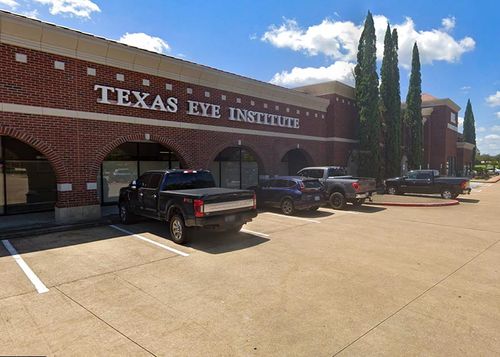Strabismus is an eye muscle imbalance that typically starts in infancy or early childhood. It is the inability of using both eyes together. One eye may wander in or out or up and down. One eye may wander all the time or only when your child is tired, ill, or looking at nearby objects. In infancy, eyes normally wander but if one eye shows signs of wandering past the age of 2 ot 3 months, your child should be seen by a Pediatric Ophthalmologist. With early proper medical attention, strabismus can be corrected. Unusual behavior can sometimes be a sign of an eye problem.

Treatment of strabismus usually involves glasses, eye muscle exercises and/or surgery. One conventional treatment option has been to place an adhesive patch on the good eye, which forces the muscles in the eye with strabismus to strengthen. This is not always a popular option with children. If the patch in intolerable, the pediatric ophthalmologist at the Texas Eye Institute may try alternative methods such as drops or special glasses, to blur vision in the good eye, thereby strengthening the weaker eye. The best outcomes result when people are treated early in life, so early detection of the symptoms of strabismus should be taken seriously. Treatment of strabismus can eliminate double vision or eye strain, enlarge the field of vision and restore normal appearance. If surgery is necessary, our Houston Texas pediatric ophthalmologist can realign the eyes by changing the placement or length of the eye muscle. This helps the muscles better control how the eye moves.
Pay attention to your child’s eyes and behavior. Have your child’s eyes examined regularly by our Pediatric Ophthalmologist at the Texas Eye Institute. Correcting vision problems early in life is the best way to protect the precious gift of sight.
Texas Eye Institute is proud to provide five convenient locations for your eye care needs. Visit one of our convenient locations in Angleton, Sugarland, Southwest Houston, Katy, or Southeast Houston to see why the Texas Eye Institute is the best choice to care for your vision. Need LASIK in Houston? What about a comprehensive eye exam in Sugarland? See our locations page to find our practice nearest you!









